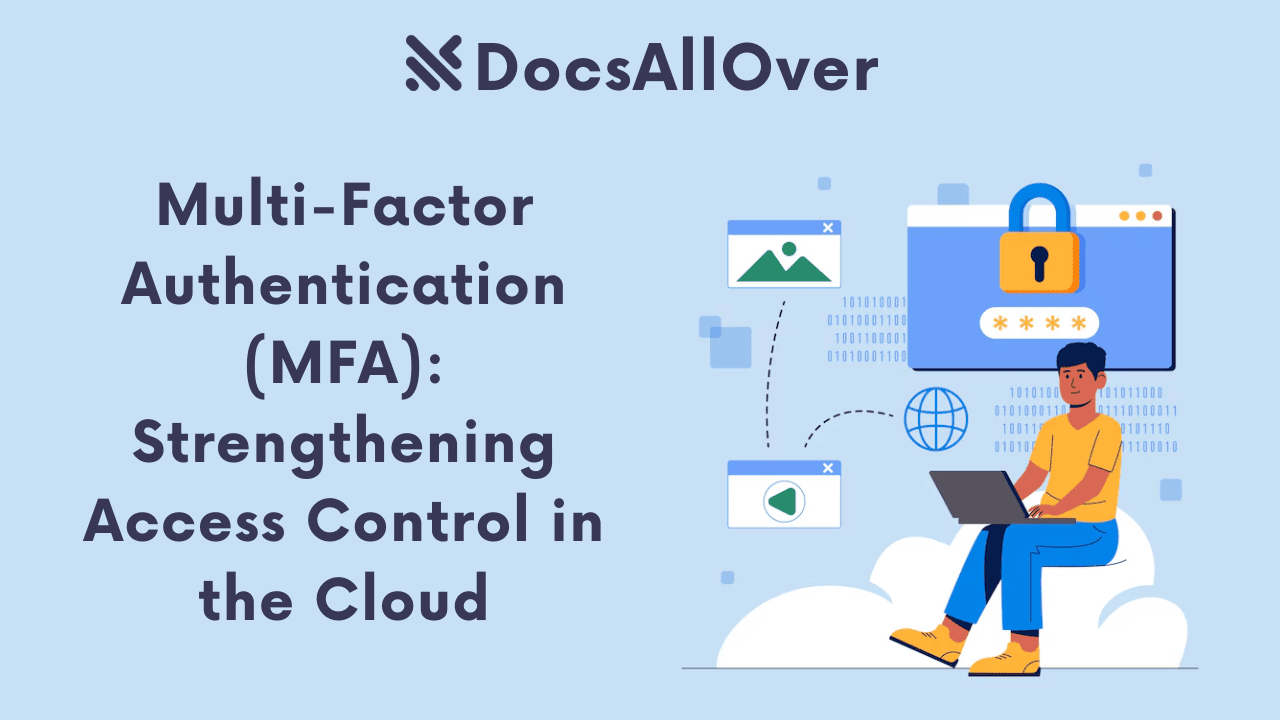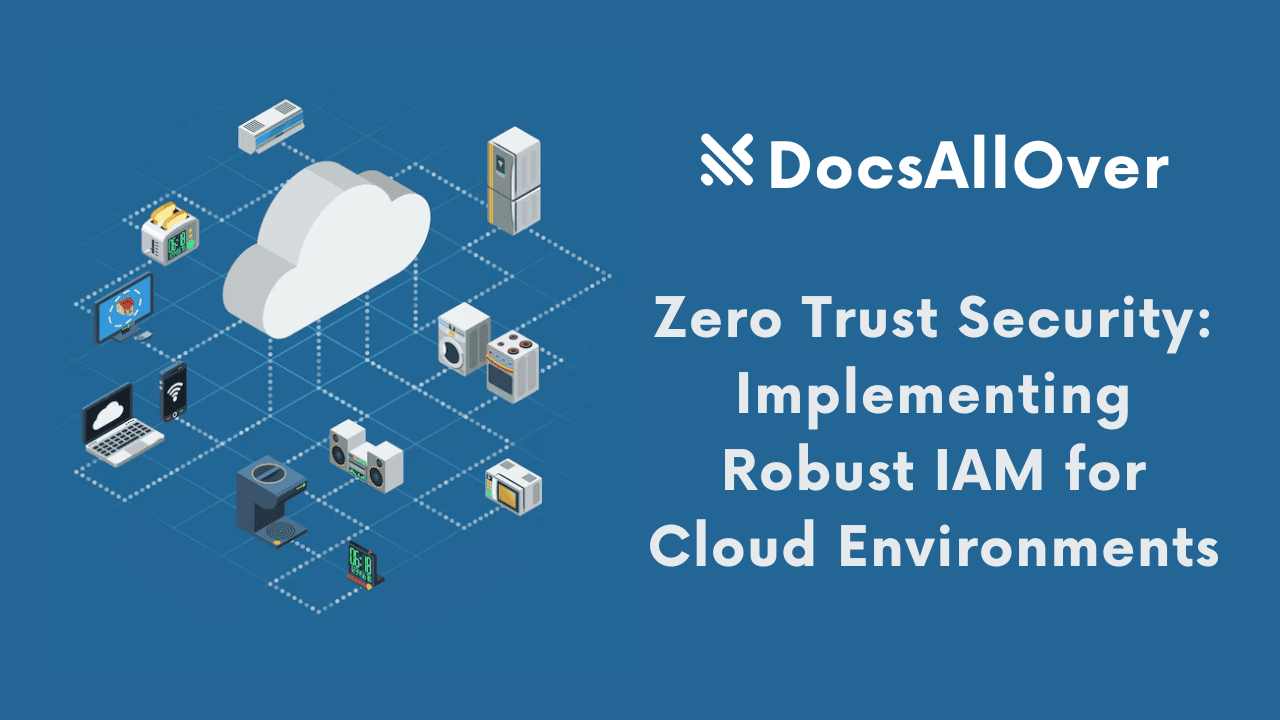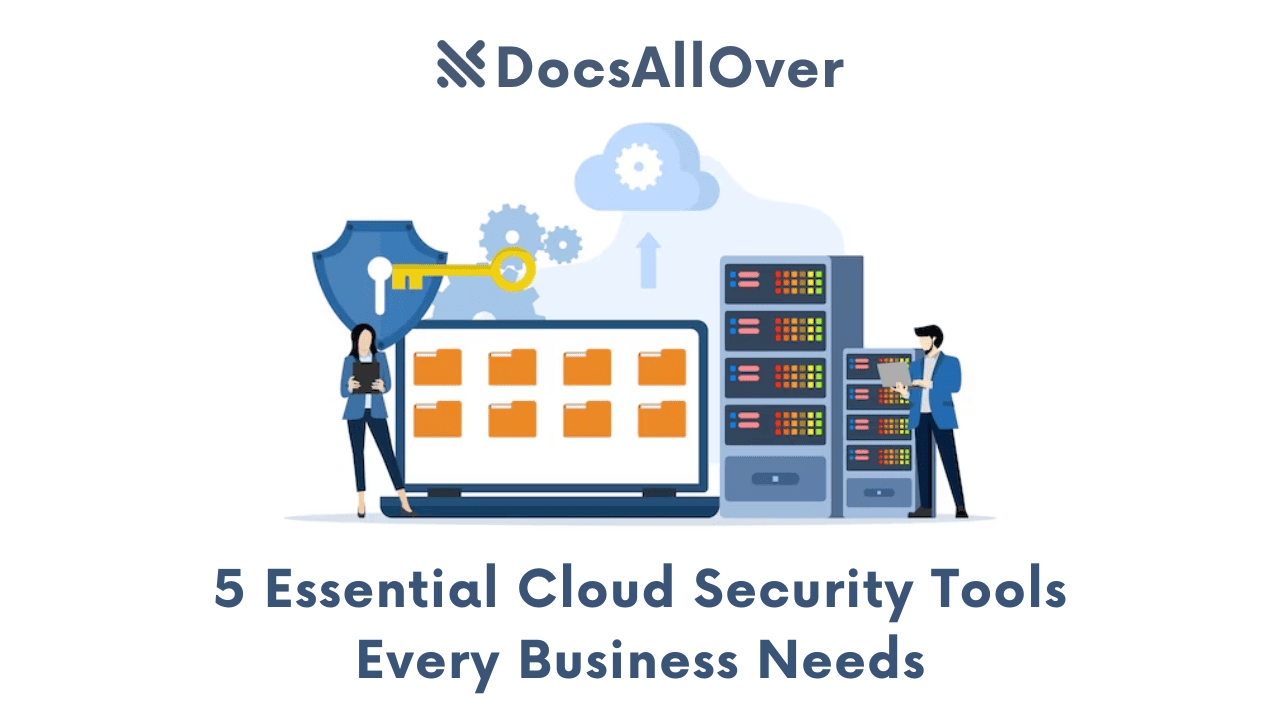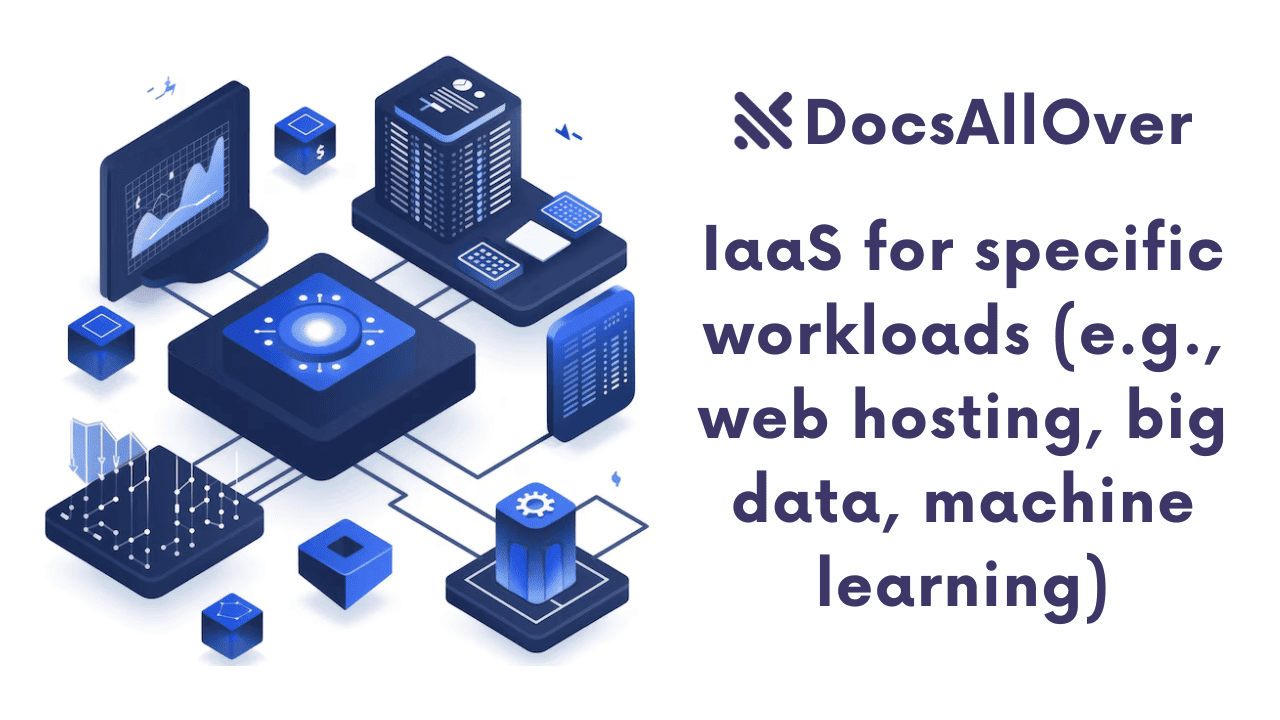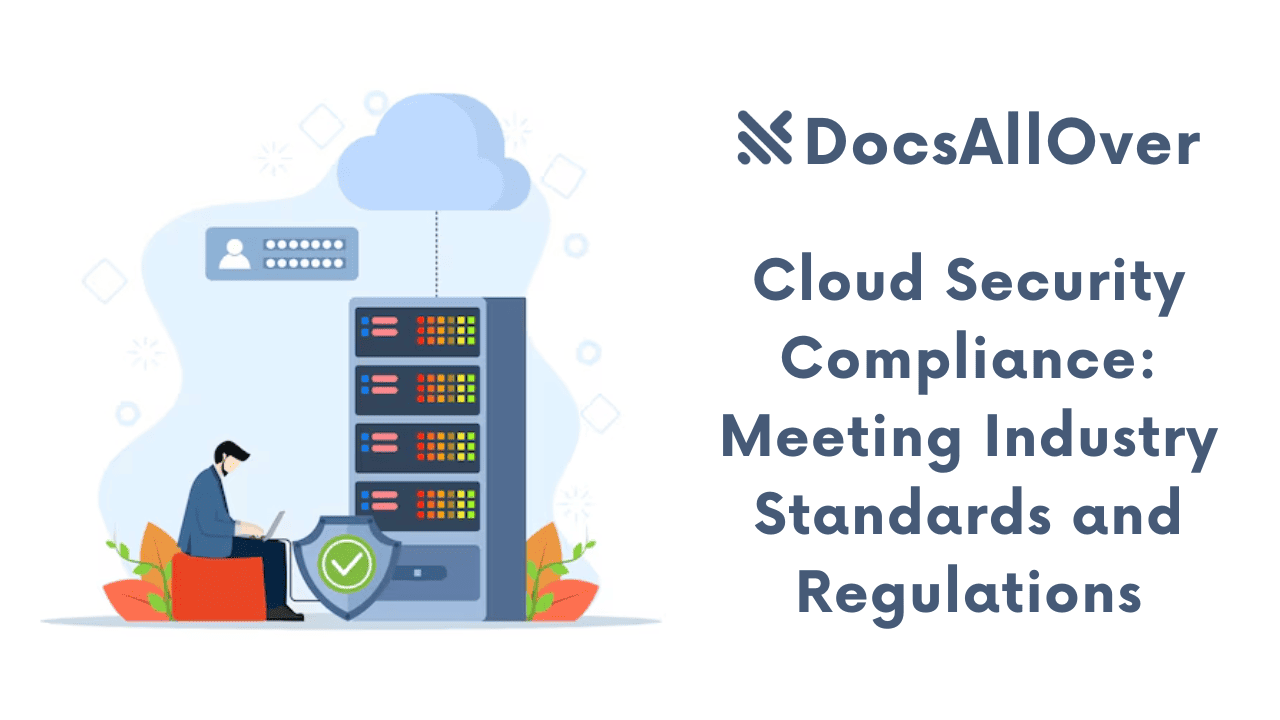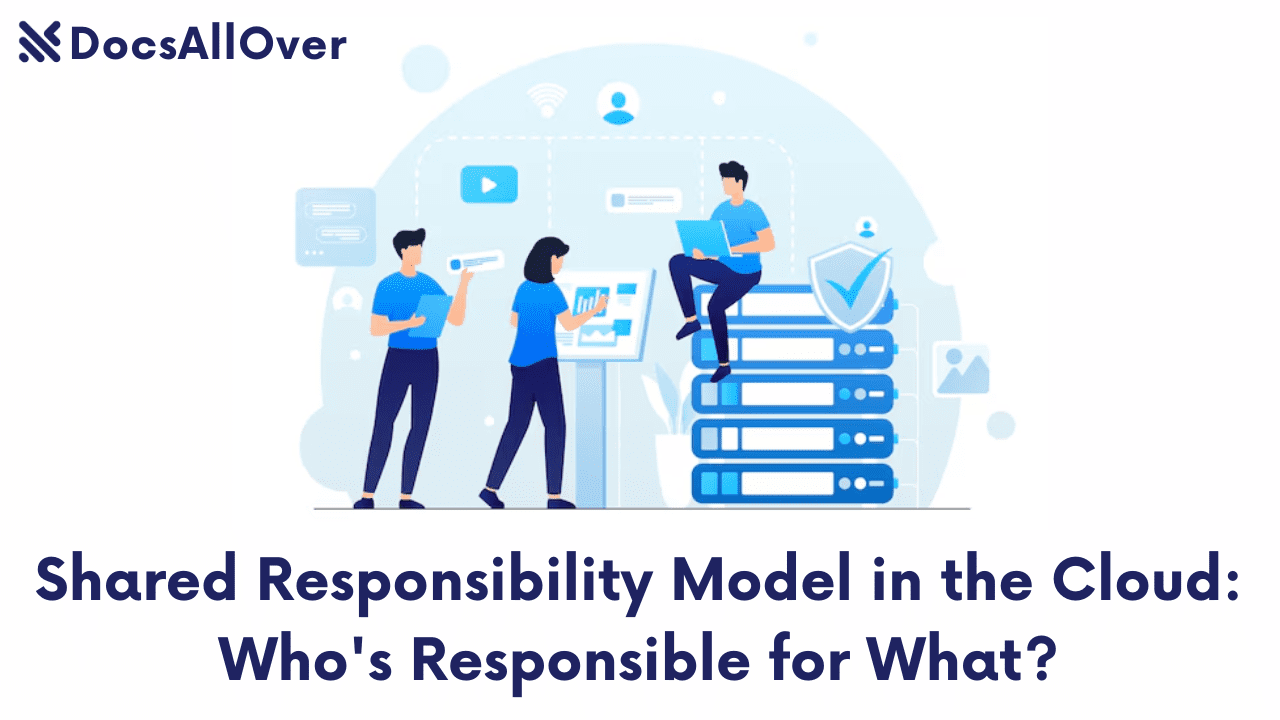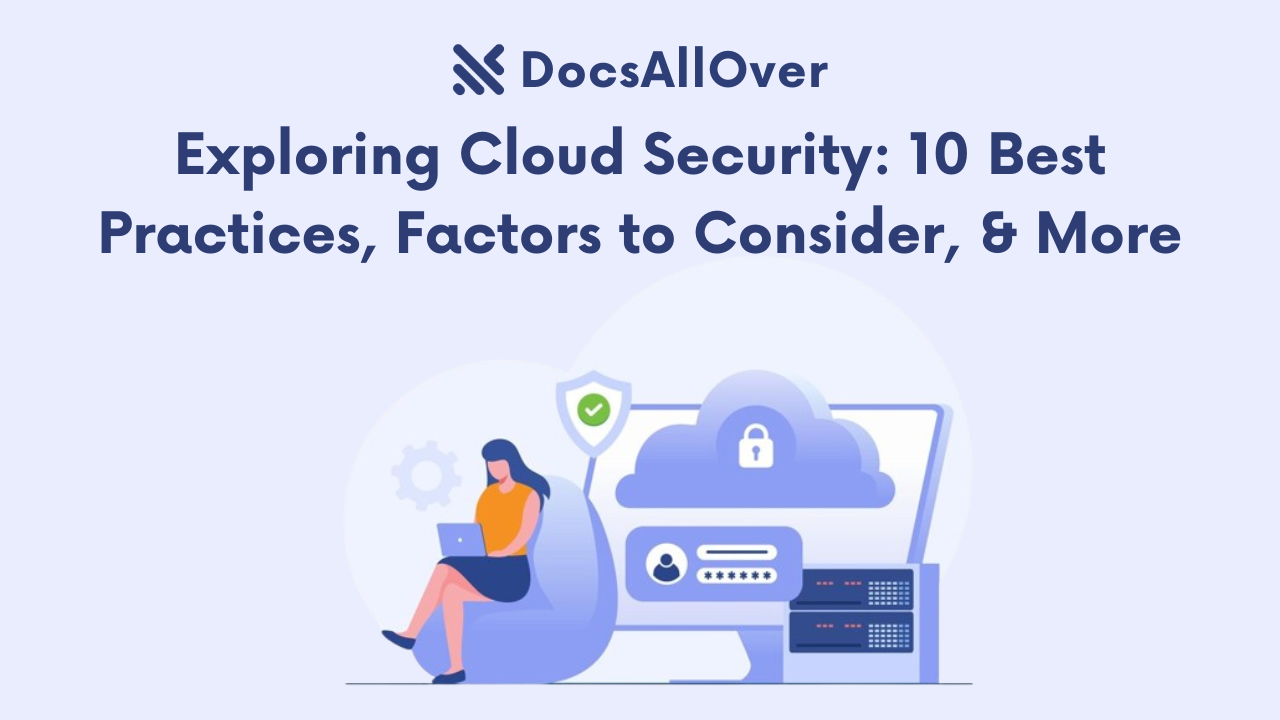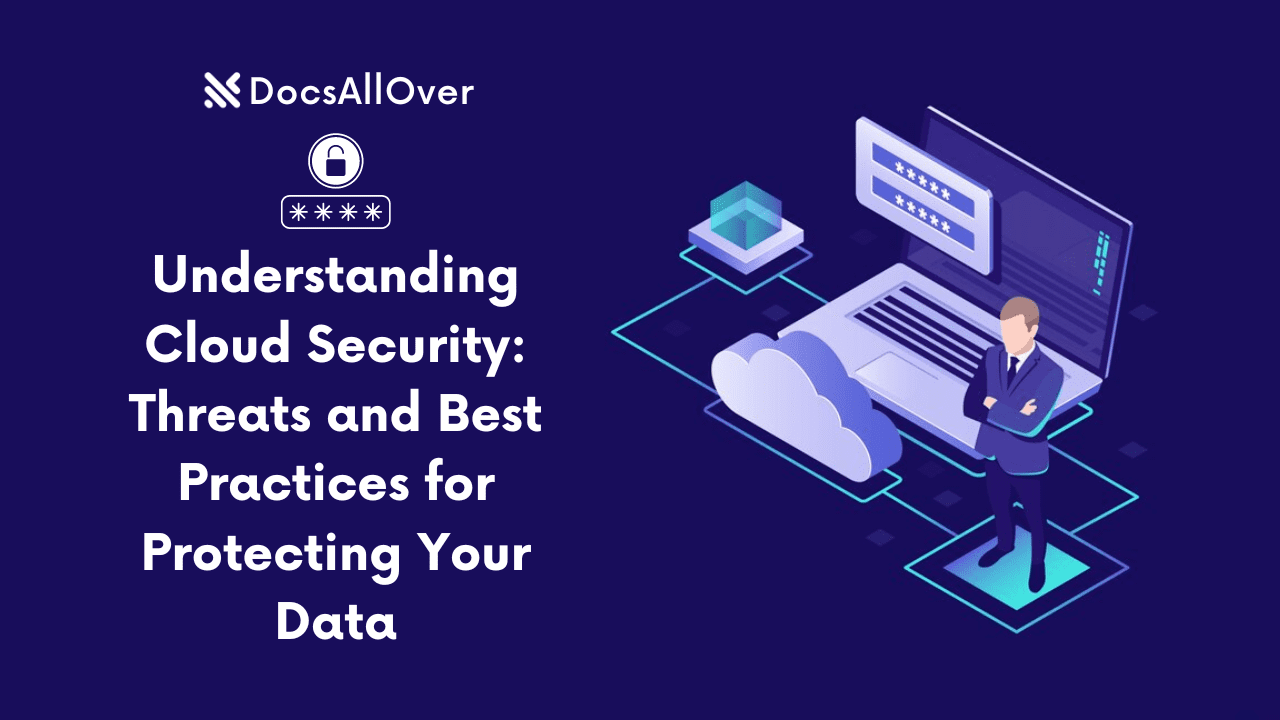Securing Your Cloud Data: Encryption, Access Control, and Backup Strategies
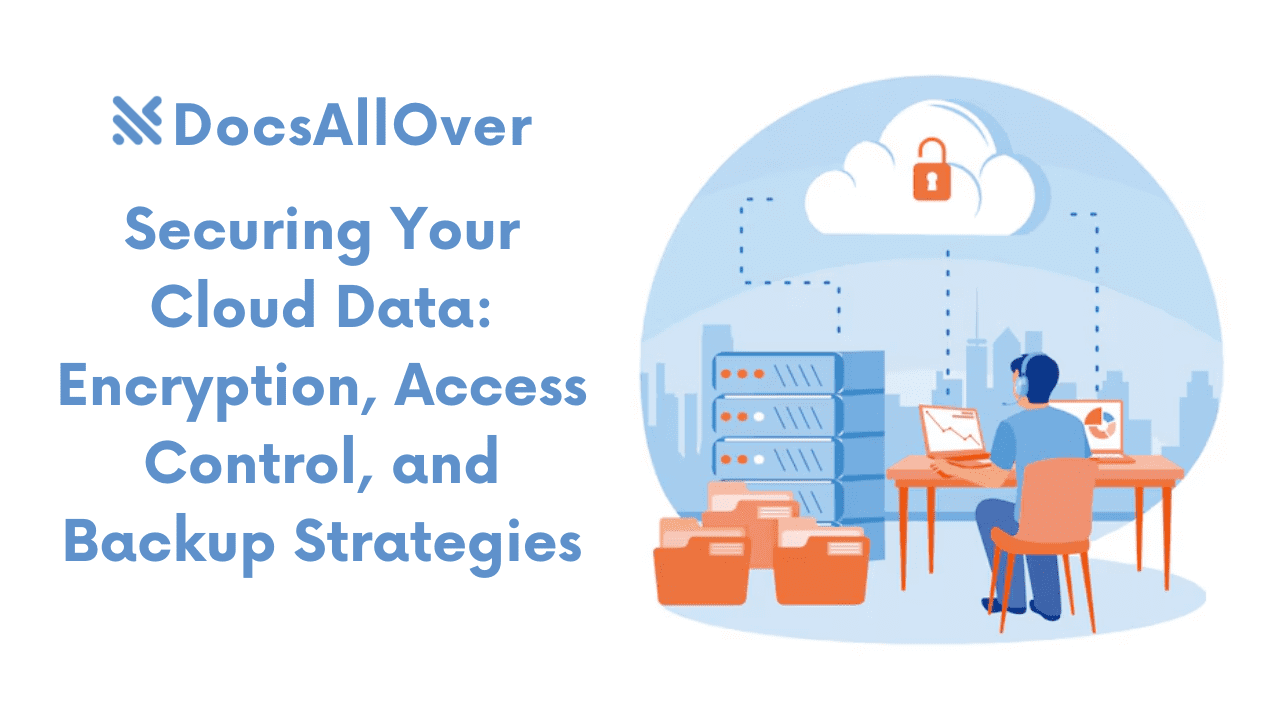
In today's digital age, businesses and individuals increasingly rely on cloud computing to store and process sensitive data. While the cloud offers numerous benefits, it also introduces new security challenges. Protecting your cloud data from unauthorized access, breaches, and loss is paramount to maintaining data integrity, privacy, and compliance.
Importance of Cloud Data Security
- Data breaches: A data breach can have severe consequences, including financial loss, reputational damage, and legal liabilities.
- Regulatory compliance: Many industries have strict data privacy and security regulations that must be adhered to.
- Business continuity: Protecting your data is essential for ensuring business continuity in the event of a disaster or security incident.
Common Threats to Cloud Data
- Unauthorized access: Unauthorized individuals may gain access to your cloud data through various means, such as hacking, social engineering, or compromised credentials.
- Data breaches: Malicious actors may exploit vulnerabilities in cloud infrastructure or applications to steal or exfiltrate your data.
- Data loss: Accidental deletion, hardware failures, or natural disasters can lead to data loss.
- Ransomware attacks: Cybercriminals may encrypt your data and demand a ransom for its decryption.
Overview of Security Measures
To protect your cloud data, it is essential to implement a comprehensive security strategy that includes the following measures:
- Encryption: Encrypting your data at rest and in transit helps to protect it from unauthorized access.
- Access control: Implement robust access control mechanisms to limit access to your data based on roles and permissions.
- Backup and recovery: Regularly back up your data to ensure that you can recover it in case of loss or corruption.
In the following sections, we will delve deeper into each of these security measures and discuss best practices for implementing them in your cloud environment.
Encryption: A Foundation for Data Protection
Encryption is a fundamental security measure that involves transforming data into a scrambled format that is unintelligible to unauthorized parties. By encrypting your cloud data, you can significantly reduce the risk of unauthorized access and data breaches.
Types of Encryption
- Symmetric encryption: Uses a single key to both encrypt and decrypt data. This method is generally faster and more efficient than asymmetric encryption.
- Asymmetric encryption: Uses a pair of keys: a public key and a private key. The public key is used to encrypt data, while the private key is used to decrypt it. Asymmetric encryption is often used for key exchange and digital signatures.
- Hashing: Creates a fixed-length hash value from a given input. Hashing is irreversible, meaning the original data cannot be recovered from the hash. It's primarily used for verifying data integrity and preventing tampering.
Choosing the Right Encryption Algorithm
The choice of encryption algorithm depends on various factors, including the sensitivity of the data, performance requirements, and compliance regulations. Some commonly used encryption algorithms include:
- Symmetric encryption: AES (Advanced Encryption Standard), DES (Data Encryption Standard), 3DES (Triple DES)
- Asymmetric encryption: RSA, ECC (Elliptic Curve Cryptography)
- Hashing: SHA-256, SHA-384, SHA-512
Implementing Encryption in Cloud Environments
Cloud providers often offer built-in encryption features, such as:
- At-rest encryption: Encrypting data stored on disk or in object storage.
- In-transit encryption: Encrypting data as it is transmitted over the network.
- Key management: Providing secure management and rotation of encryption keys.
It's essential to leverage these features and configure them appropriately to ensure that your data is adequately protected.
Access Control: Limiting Unauthorized Access
Access control is another critical aspect of cloud data security. It involves implementing mechanisms to restrict access to your data based on the roles and permissions of users.
Role-Based Access Control (RBAC)
RBAC is a common approach to managing access control in cloud environments. It assigns different roles to users or groups, and each role has specific permissions to access and perform actions on cloud resources.
By implementing RBAC, you can ensure that users only have access to the data and resources they need to perform their job functions.
Identity and Access Management (IAM)
IAM refers to the processes and technologies used to manage user identities and access rights. An effective IAM system can help you:
- Authenticate users: Verify the identity of users before granting access.
- Authorize users: Determine the level of access granted to each user based on their roles and permissions.
- Manage user accounts: Create, modify, and delete user accounts as needed.
Least Privilege Principle
The least privilege principle states that users should be granted only the minimum amount of access necessary to perform their job functions. This helps to reduce the risk of unauthorized access and data breaches.
Multi-Factor Authentication (MFA)
MFA adds an extra layer of security by requiring users to provide multiple forms of identification, such as a password, a security token, or a biometric scan. MFA can significantly reduce the risk of unauthorized access, even if a password is compromised.
Backup and Recovery: Protecting Against Data Loss
Even with the best security measures in place, data loss can still occur due to accidental deletion, hardware failures, or natural disasters. Implementing a robust backup and recovery strategy is essential to protect your valuable data.
Importance of Regular Backups
Regular backups provide a safety net that allows you to restore your data in the event of a loss or corruption. Backups can help you:
- Recover from data breaches: Restore data that has been compromised or encrypted by ransomware.
- Recover from accidental deletions: Recover accidentally deleted files or data.
- Recover from hardware failures: Restore data from a failed storage device.
- Comply with regulatory requirements: Some industries have specific data retention and backup requirements.
Backup Strategies
- Full backups: Create complete copies of your data at regular intervals. This provides a comprehensive snapshot of your data at a specific point in time.
- Incremental backups: Create backups of only the data that has changed since the last full or incremental backup. This can be more efficient for large datasets.
- Differential backups: Create backups of all data that has changed since the last full backup. This is a hybrid approach that can be more efficient than incremental backups.
Backup Retention Policies
Establish a backup retention policy that specifies how long to retain backups of different types of data. This policy should consider factors such as regulatory requirements, data sensitivity, and the cost of storage.
Disaster Recovery Planning
Develop a disaster recovery plan that outlines how you will respond to a data loss event. This plan should include procedures for:
- Identifying and assessing the impact of a data loss event.
- Activating your backup and recovery procedures.
- Restoring data from backups.
- Recovering and resuming business operations.
By implementing a comprehensive backup and recovery strategy, you can significantly reduce the risk of data loss and ensure business continuity.
Additional Security Considerations
While encryption, access control, and backups are essential components of cloud data security, there are additional measures you should consider to further protect your data.
Data Loss Prevention (DLP)
DLP solutions can help you identify and prevent sensitive data from being exfiltrated from your cloud environment. DLP tools can monitor data flows, detect anomalies, and block unauthorized data transfers.
Security Auditing and Monitoring
Regularly audit your cloud environment to identify vulnerabilities and ensure compliance with security standards. Utilize security monitoring tools to detect suspicious activity and respond promptly to incidents.
Patch Management and Vulnerability Scanning
Keep your cloud infrastructure and applications up-to-date with the latest security patches and updates. Regularly scan for vulnerabilities and address them promptly to prevent exploitation.
Incident Response Planning
Develop an incident response plan that outlines how you will respond to security incidents, such as data breaches or ransomware attacks. This plan should include procedures for containment, investigation, remediation, and communication.
By addressing these additional security considerations, you can create a more robust and resilient cloud security posture.
Case Studies and Best Practices
Real-World Examples of Data Breaches and Their Consequences
- Equifax Data Breach (2017): A major data breach exposed the personal information of millions of consumers, leading to significant financial losses and reputational damage.
- Cambridge Analytica Data Scandal (2018): A political consulting firm improperly accessed and misused Facebook user data, raising concerns about data privacy and the misuse of personal information.
These examples highlight the severe consequences of data breaches, emphasizing the importance of robust cloud security measures.
Best Practices for Securing Cloud Data
- Regularly review and update your security policies and procedures.
- Train employees on security best practices.
- Conduct regular security audits and assessments.
- Stay informed about emerging security threats and vulnerabilities.
- Consider using a cloud security posture management (CSPM) tool.
- Work with your cloud provider to ensure they have strong security measures in place.
Tips for Staying Informed About Evolving Security Threats
- Follow cybersecurity news and blogs.
- Attend industry conferences and webinars.
- Participate in online security communities.
- Subscribe to security newsletters and alerts.
By following these best practices and staying informed about emerging threats, you can effectively protect your cloud data and mitigate the risks associated with data breaches.

